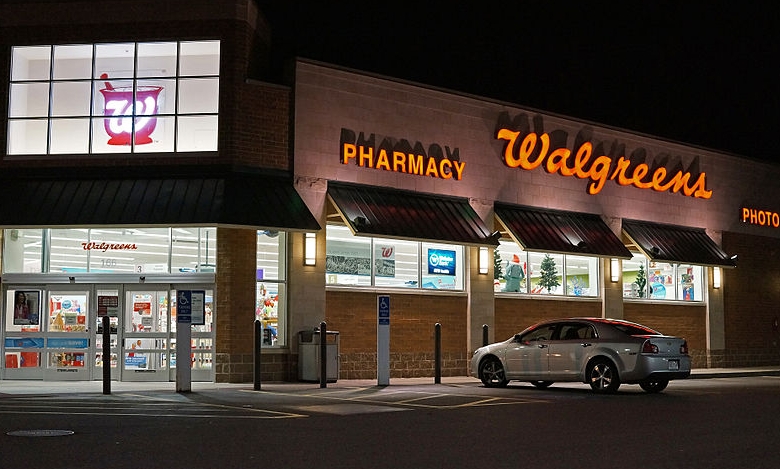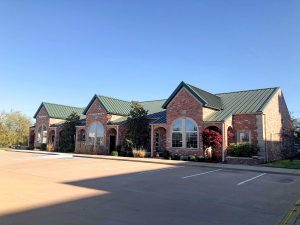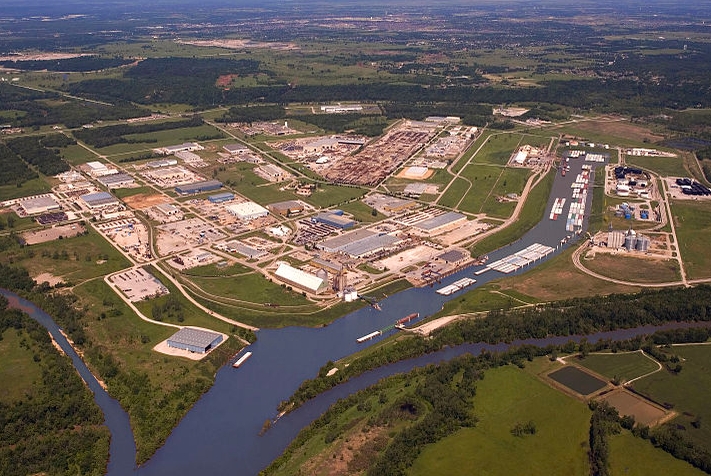While capital likes multifamily and industrial, most CRE sectors, even retail, have a positive story.

Hilary Provinse, executive vice president and head of mortgage banking for Berkadia, expects the apartment sector to continue to attract debt and equity in 2020. But multifamily won’t be alone.
“The other asset classes aren’t that far behind,” Provinse says. “We still have unbelievably favorable low interest rates, which won’t be changing in the near term, and equity capital is remaining plentiful. I think that bodes really well for market activity next year.”
Supply and demand, as illustrated by the need for affordable housing, play a considerable role in multifamily’s strength. “People aren’t buying homes, and people will continue to rent,” says Gerard Sansosti, executive managing director and debt and loan sales platform leader for HFF. “I think they’re going to continue to lend on multifamily.” Besides multifamily, capital providers will also look to industrial in the year ahead. “People can’t get enough of industrial,” Sansosti says. View entire article in Globest.com.
Capital Market Loans or what is also known as commercial mortgage backed securities or CMBS loans have continued to be a major source of real estate capital for commercial real estate investors. CMBS loans tend to target properties that are slightly below the size and quality of most insurance company lenders, pension funds or agency apartment lenders.
If you would like to find out more about commercial real estate financing contact us at Liberty to discuss your next project.




